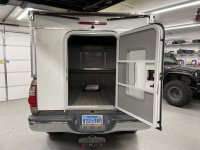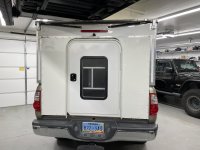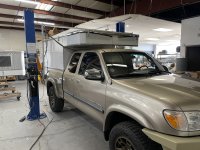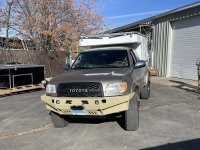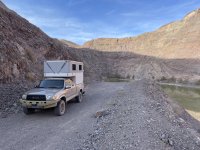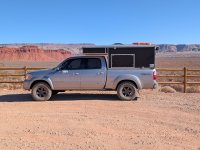dstefan
Well-known member
I couldn’t keep using my Wave 3 due to some past respiratory issues that it triggered, but that shouldn’t bother most folks. They’re not real bad at producing CO, but there’s always a risk.
In researching heaters and CO alarms I learned that virtually all the standard “alarms” are set to trigger at 70ppm after an hour at that level. 25 ppm is enough to make you feel really bad, and I have had that happen. IMO, while 70 ppm maybe fine in a house where there’s lots of space and O2, it’s pretty concentrated in a small camper.
I have a standard CO alarm that was installed with my Truma, but I don’t rely on it. After some digging I settled on this ”monitor", which seems to be an industry gold standard for folks that deal with CO professionally. It gives you an accurate PPM measure point by point and allows you to manually set a much lower alarm. It’s quite useful, even for just peace of mind and I think it defaults to 25ppm as a threshold, not after a long time.
I would suggest getting something like this to know what you’re experiencing. Unfortunately they’re not cheap — mine was $164 on Amazon about 18 months ago — but neither is getting sick from CO, not just death in the more extreme cases.
 sensorcon.com
sensorcon.com
In researching heaters and CO alarms I learned that virtually all the standard “alarms” are set to trigger at 70ppm after an hour at that level. 25 ppm is enough to make you feel really bad, and I have had that happen. IMO, while 70 ppm maybe fine in a house where there’s lots of space and O2, it’s pretty concentrated in a small camper.
I have a standard CO alarm that was installed with my Truma, but I don’t rely on it. After some digging I settled on this ”monitor", which seems to be an industry gold standard for folks that deal with CO professionally. It gives you an accurate PPM measure point by point and allows you to manually set a much lower alarm. It’s quite useful, even for just peace of mind and I think it defaults to 25ppm as a threshold, not after a long time.
I would suggest getting something like this to know what you’re experiencing. Unfortunately they’re not cheap — mine was $164 on Amazon about 18 months ago — but neither is getting sick from CO, not just death in the more extreme cases.
Sensorcon
Sensorcon manufactures gas and temperature sensors including carbon monoxide (CO) and hydrogen sulfide (H2S) detectors & meters.

